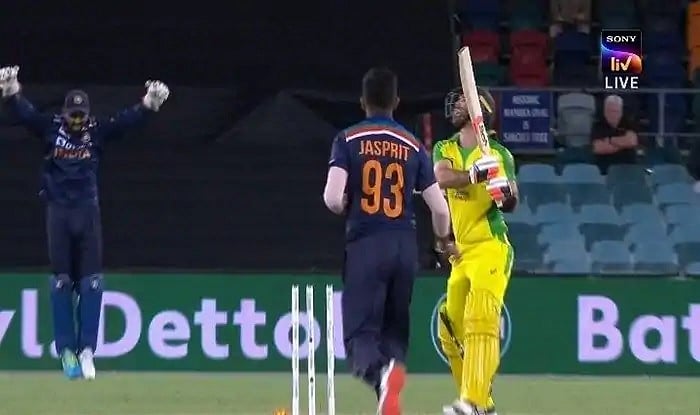India’s victory in the third one-day international (ODI) has greater significance than just being a consolation prize. The series had already been clinched by Australia, but in a wider context, preventing a clean sweep gives some important benefits.
One, it broke the sequence of defeats India had suffered this year. After losing six matches on the trot – on either side of the lockdown because of the Covid pandemic -- India would have been in the dumps psychologically. That pressure is now substantially released.
Second, India go into the T20 series starting Friday with renewed optimism. True, it’s a different format, demanding different skills and quite a few changes in personnel. But having a win under the belt will give the team confidence and momentum.
Poor ODI showing
That said, India’s poor performance in the ODIs cannot be camouflaged. It is pertinent to remember that in the third ODI, Australia were without three stalwarts: David Warner, Pat Cummins and Mitchel Starc.
While the last named had been completely out of sorts in the first two matches, Warner and Cummins were in excellent form. Their absence was obviously a blow to the side and made India’s task that much easier.
Defeats in the first two matches can’t be glossed over. To put it bluntly, India were outplayed and outclassed in all three departments. At no stage in these two matches did it appear that India were even going to seriously challenge the home team. The margins of victory of Australia – 66 and 51 runs – reveals this adequately.
A needle contest is what everybody expected when the tour began, so what went wrong?
Without expending too many words, the bowling was lacklustre and lacked penetration, the fielding was sloppy, and the batting – while not as shallow as the other two departments – lacked meaningful contributions from the top order.
Rohit Sharma’s absence was sorely felt. In all three matches, India had a decent start, but failed to build on this. Mayank Agarwal frittered away two opportunities and Shikhar Dhawan couldn’t sustain the form he showed in the first match.
A player of Sharma’s calibre and experience would have certainly added more heft to the batting. Australia’s bowlers would not have been able to put pressure on the other batsmen as easily as they did.
Top order failed
The bigger issue in the batting was insufficient runs from the top order. In the first match, only Dhawan and Hardik Pandya made significant contributions. In the second, it was Kohli and K L Rahul. Contrast this with Australia, where Warner and Finch put on century partnerships in both matches, Smith scored consecutive tons, and the top five batsmen all scored 50-plus in the second match.
In the third match when Kohli, Pandya, and Ravindra Jadeja made half centuries, it made a difference to the outcome of the match, underscoring the point that at this level teams can’t depend on only a couple of players to provide match-winning scores consistently.
The batting at least had some successes in the first couple of matches, but the bowling was hugely unimpressive. In the first match, India conceded 374 runs, in the second 389. These are massive scores even on flat tracks.
'Relief' bowler
Shami was okey-dokey in the first match, but no one else was. In the second, no bowler made any impact, with the stalwarts being the more disappointing. Bumrah looked innocuous in both matches, Chahal bereft of guile, Jadeja bland, Shami predictable. Rookie Saini was all over the place and the bowling was flayed to all parts of the ground.
Kohli was left searching for a sixth bowler to take the pressure off the regulars, but there was no option available to him since Pandya has yet to recover completely. That he bowled four overs and picked up a wicket in the second match should be an eye-opener for the selectors, Shastri and Kohli: in ODIs today, teams can sink without 'relief' bowlers.
Given this backdrop, India did well to win the third ODI, albeit against a weakened Aussie team. It must also be acknowledged that the Indian team hasn’t played any international or first class fixture since the pandemic struck while Australia had the benefit of touring England and key players had participated in the Sheffield Shield too.
Kohli was able to ensure that his players did not throw in the towel though the series had been lost. Some smart changes and a determined approach helped the team clinch a close contest and revive India’s prospects on the tour. Whether this approach and form can be sustained remains to be seen.
The writer is a senior journalist who has been writing on the sport for over 40 years.









